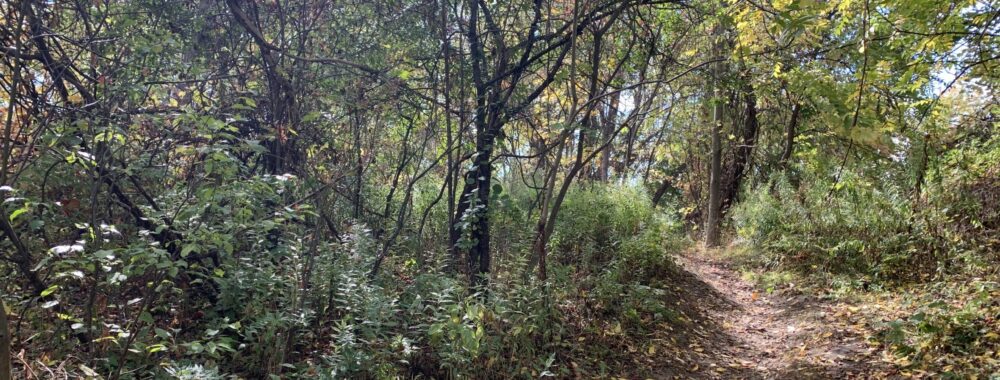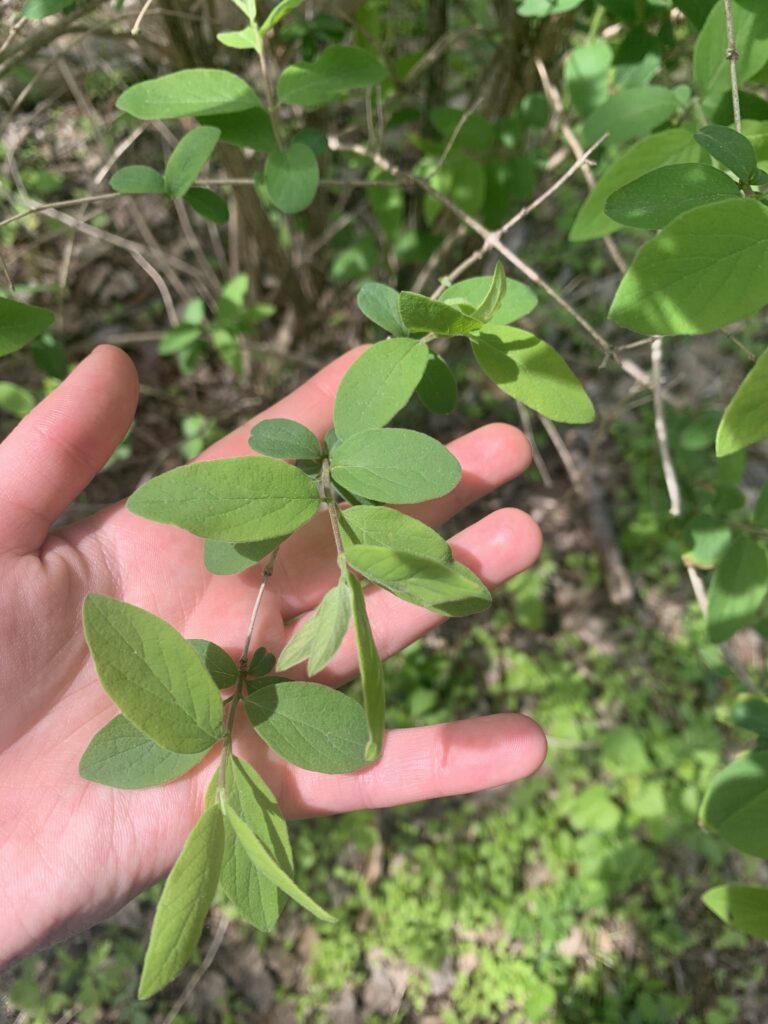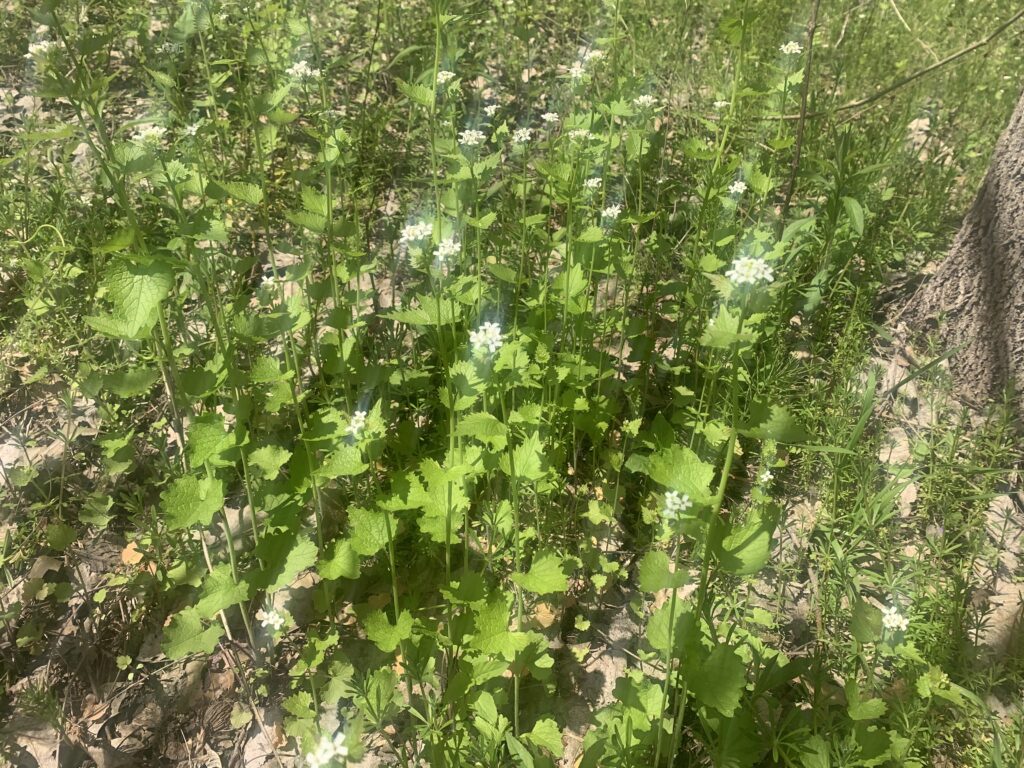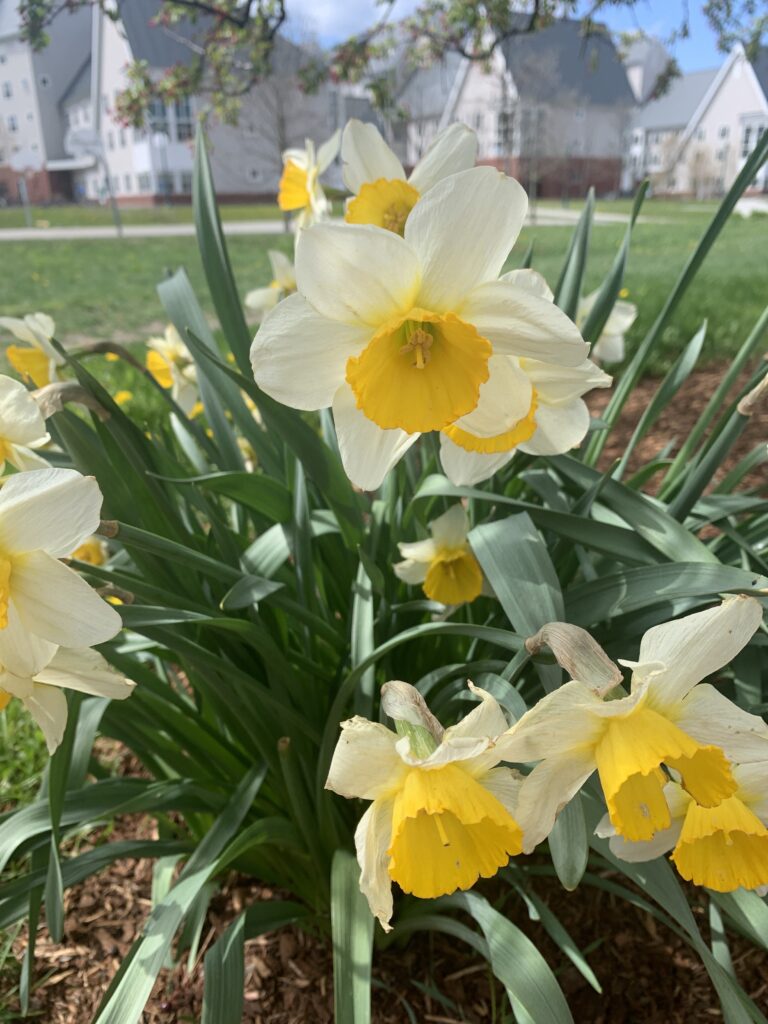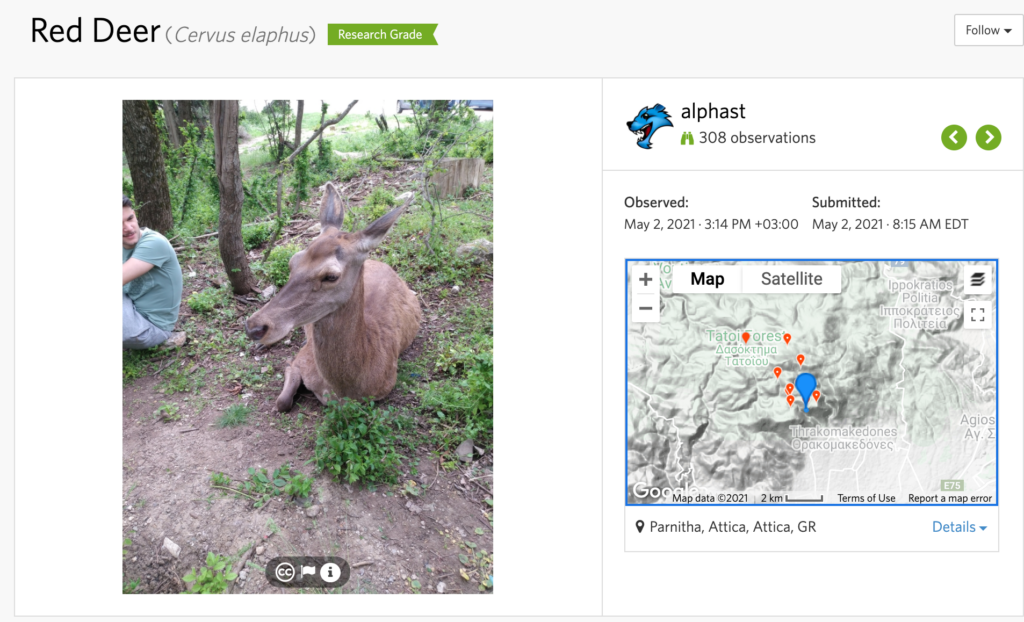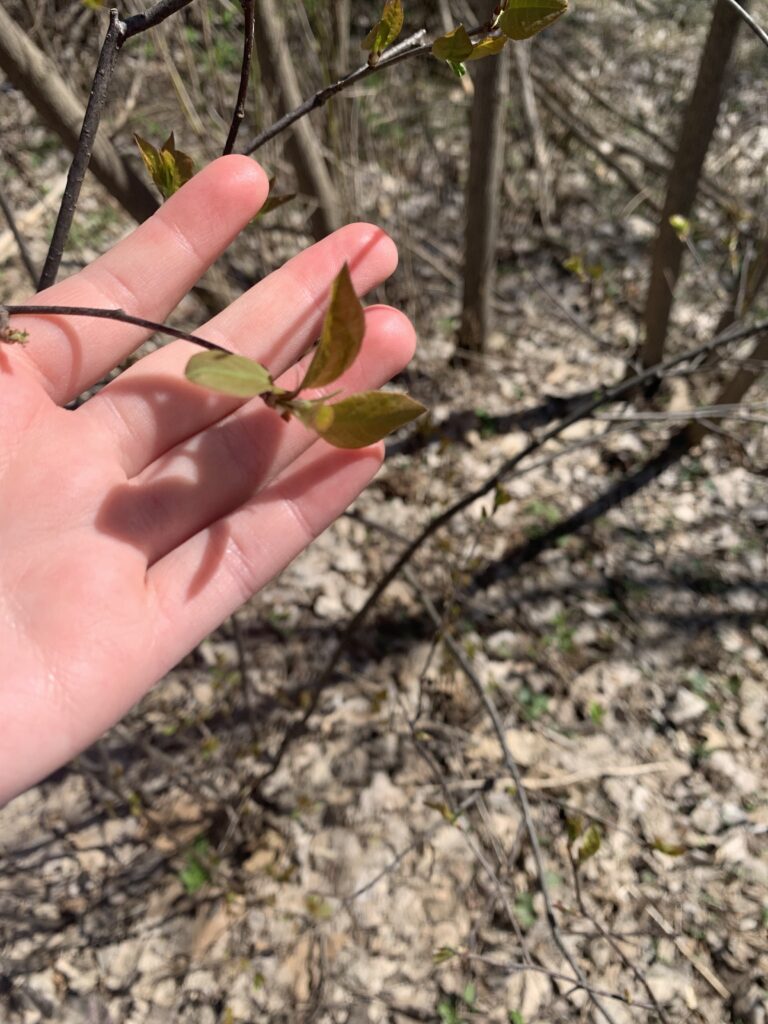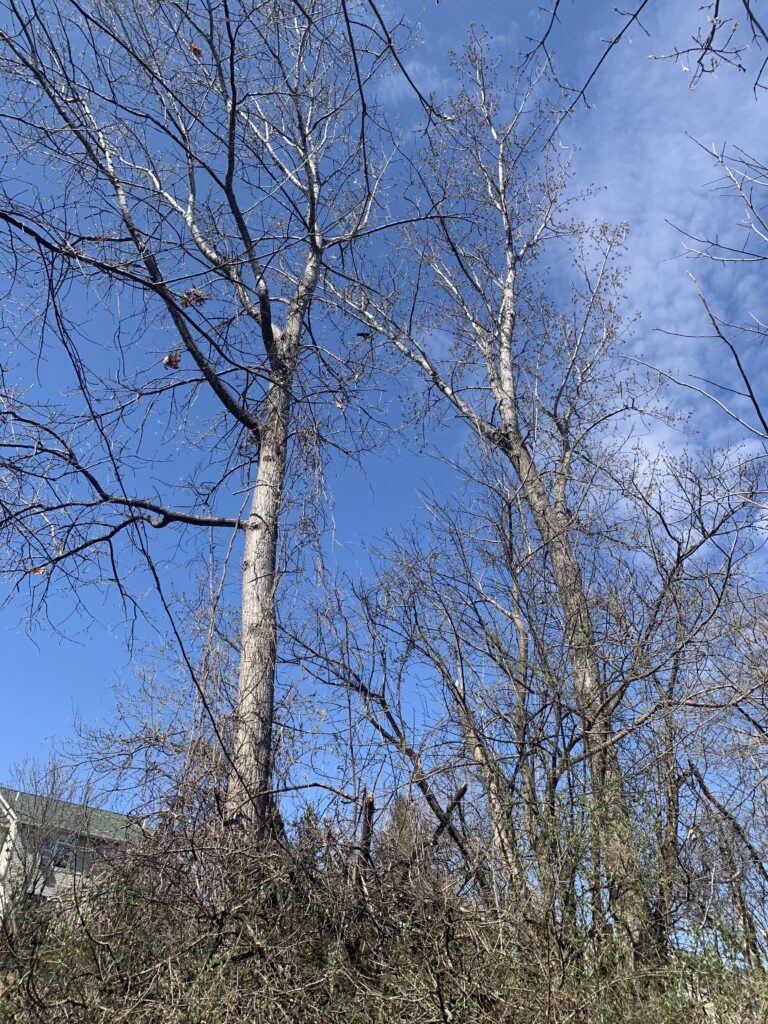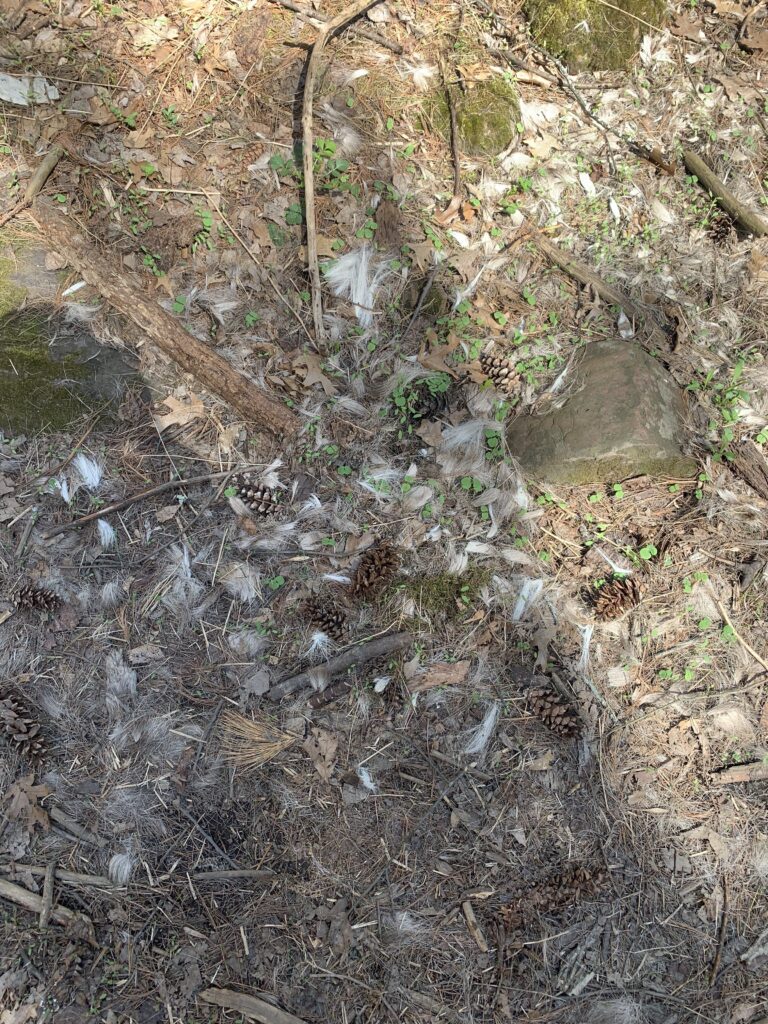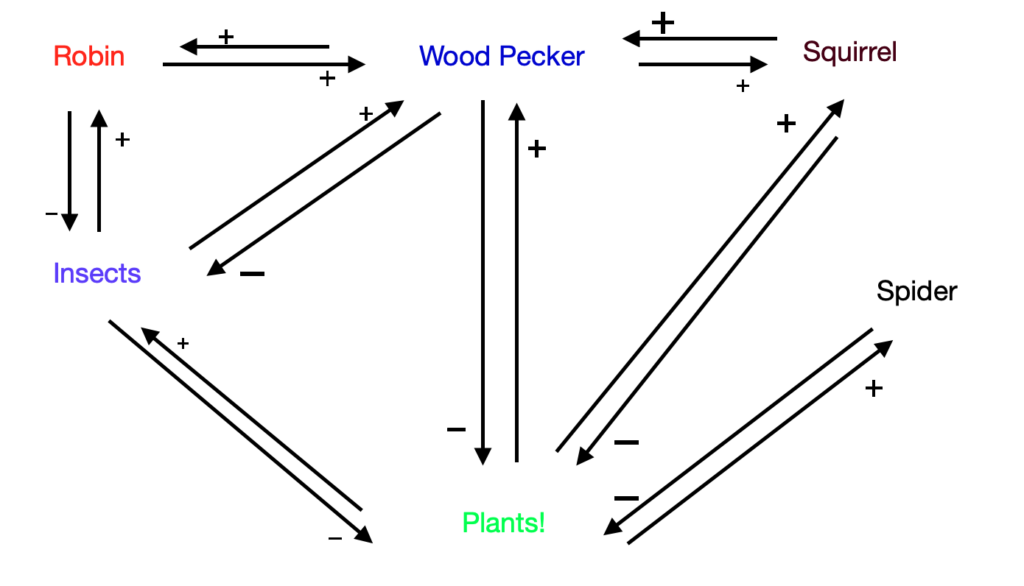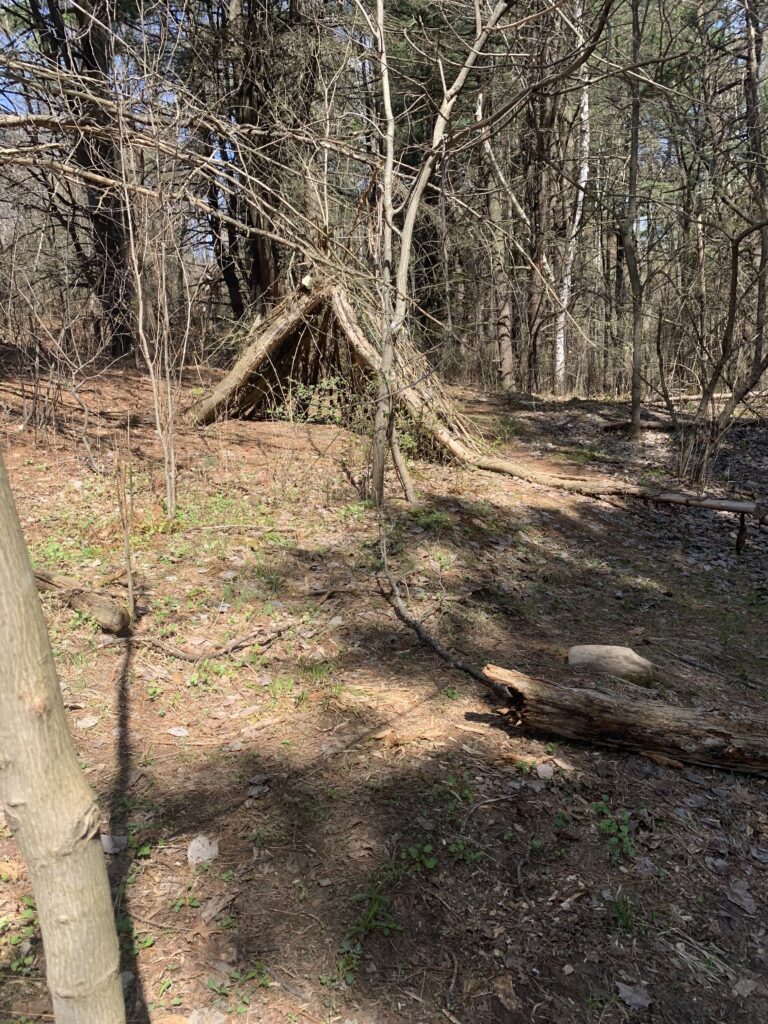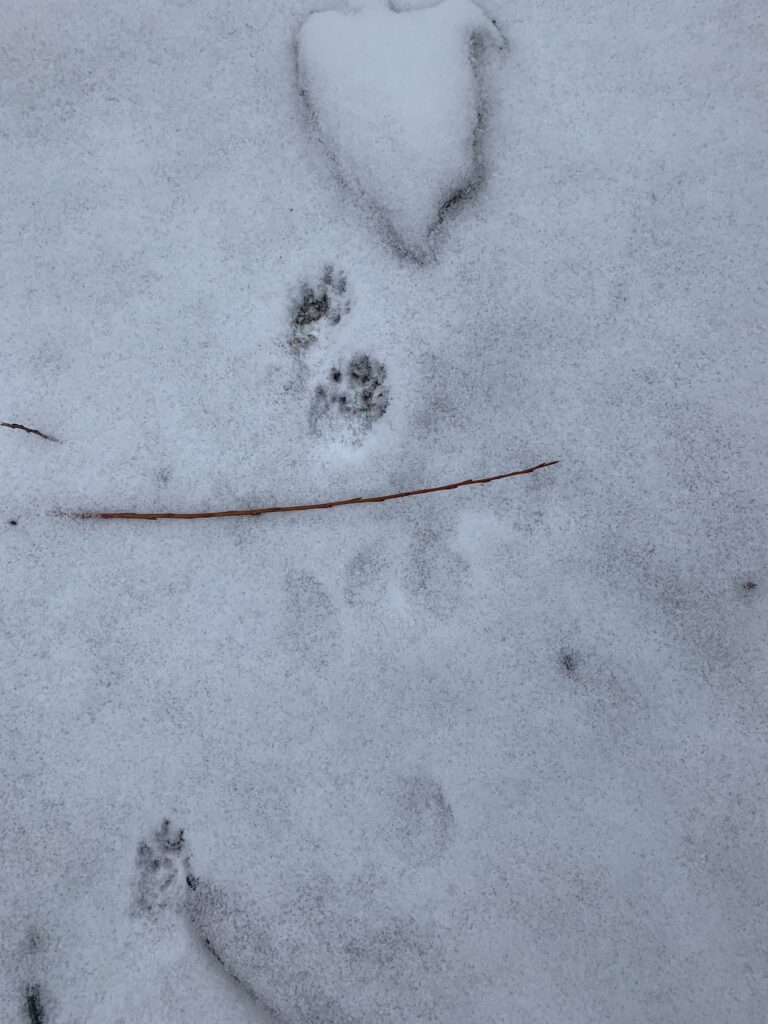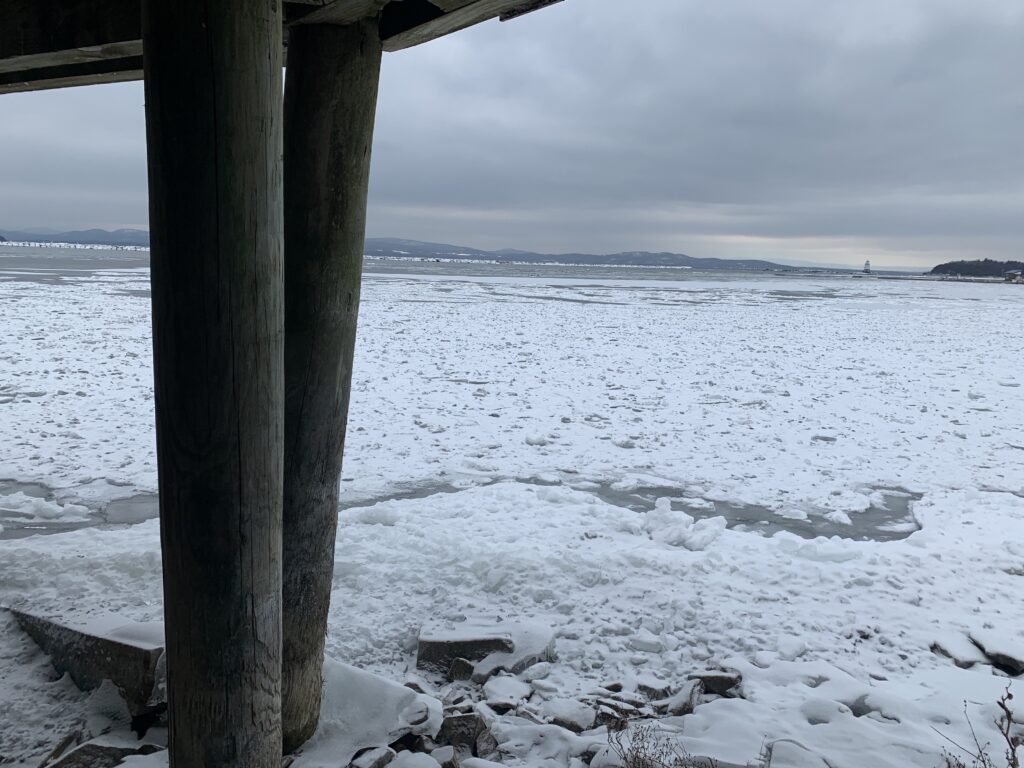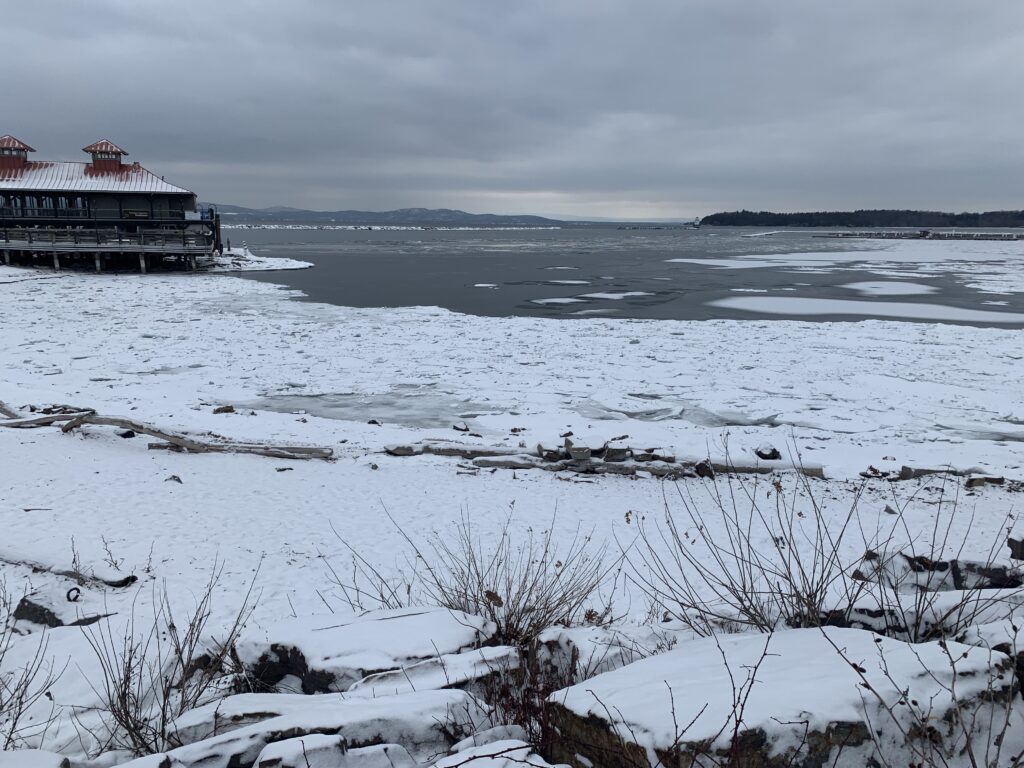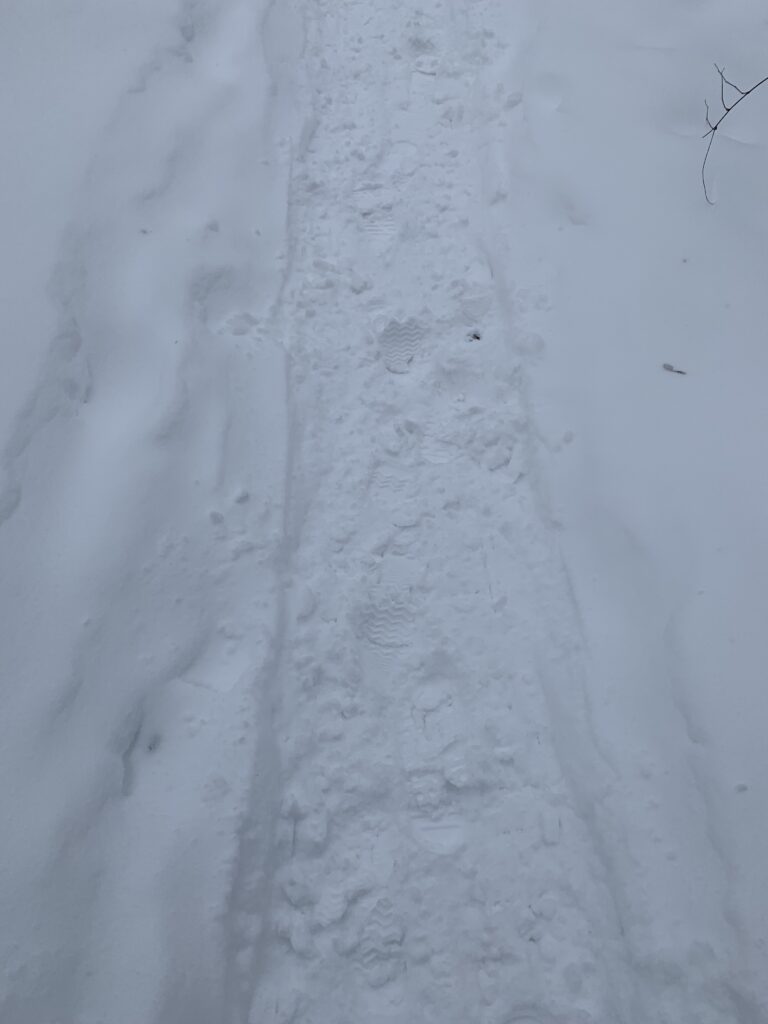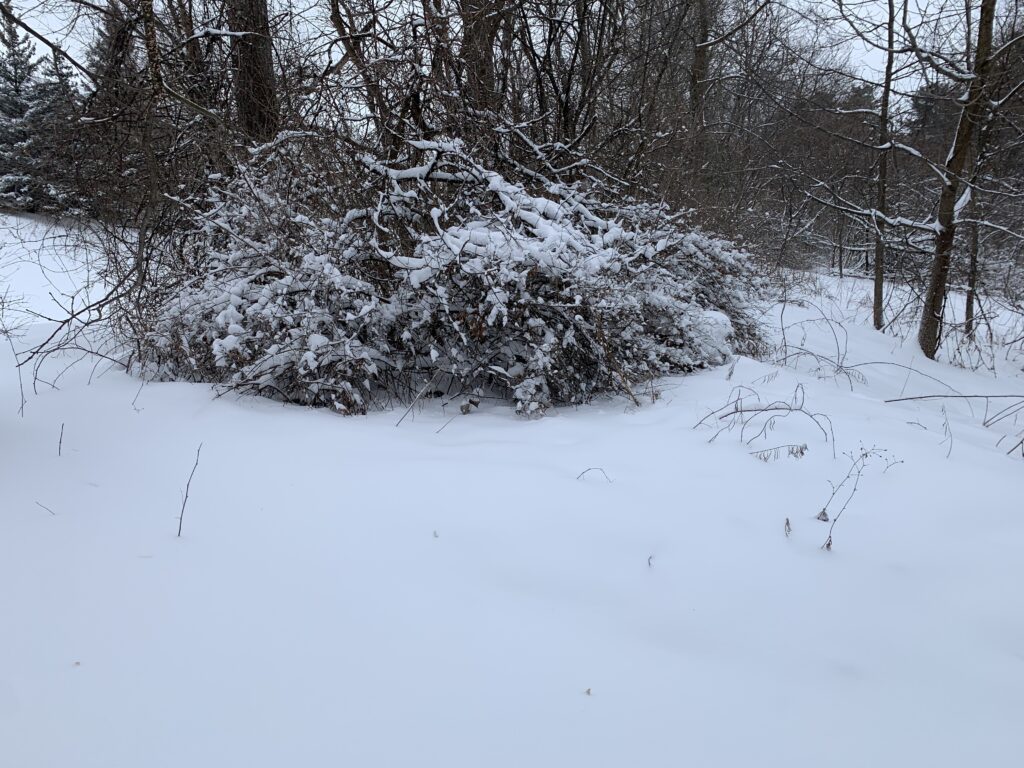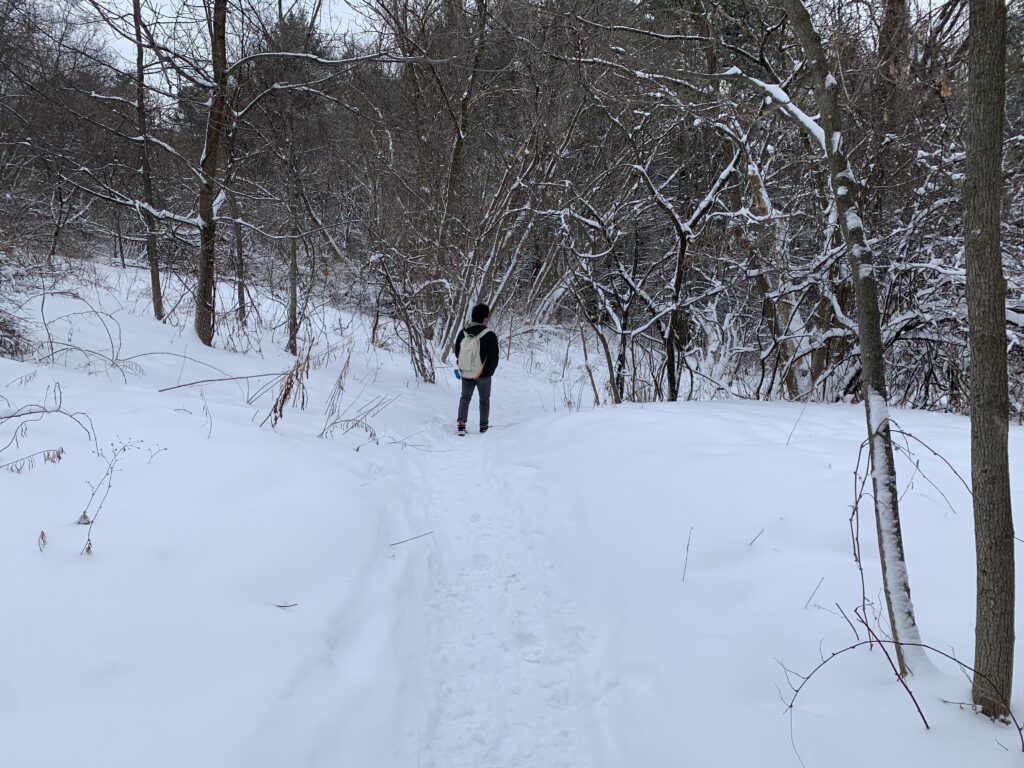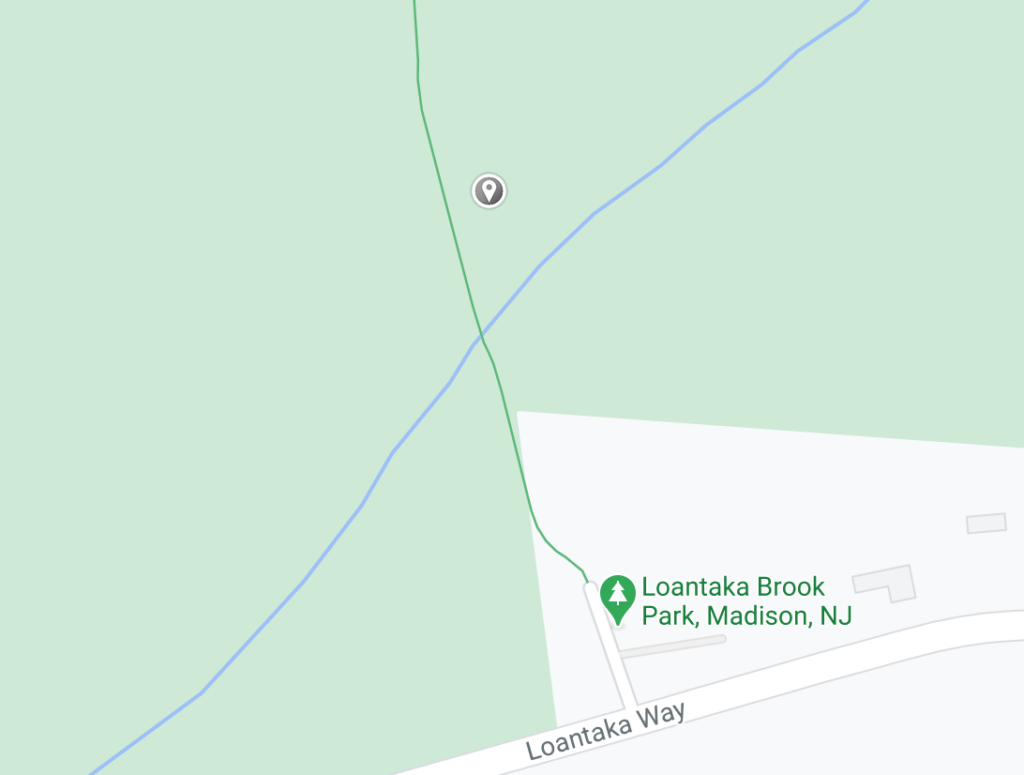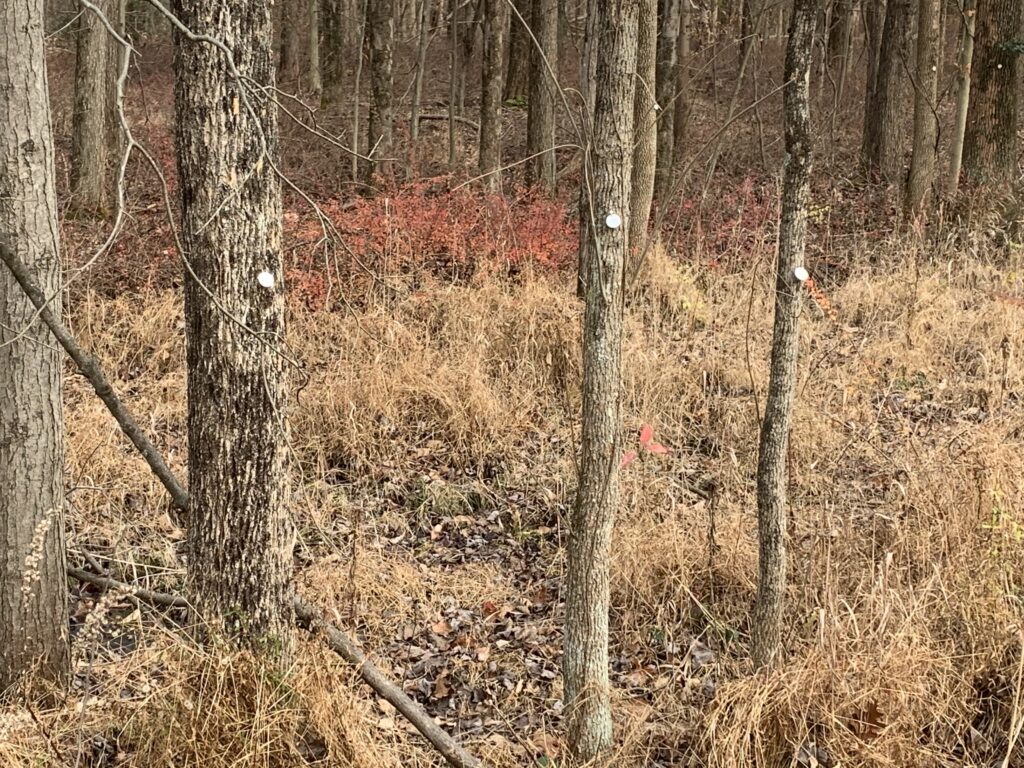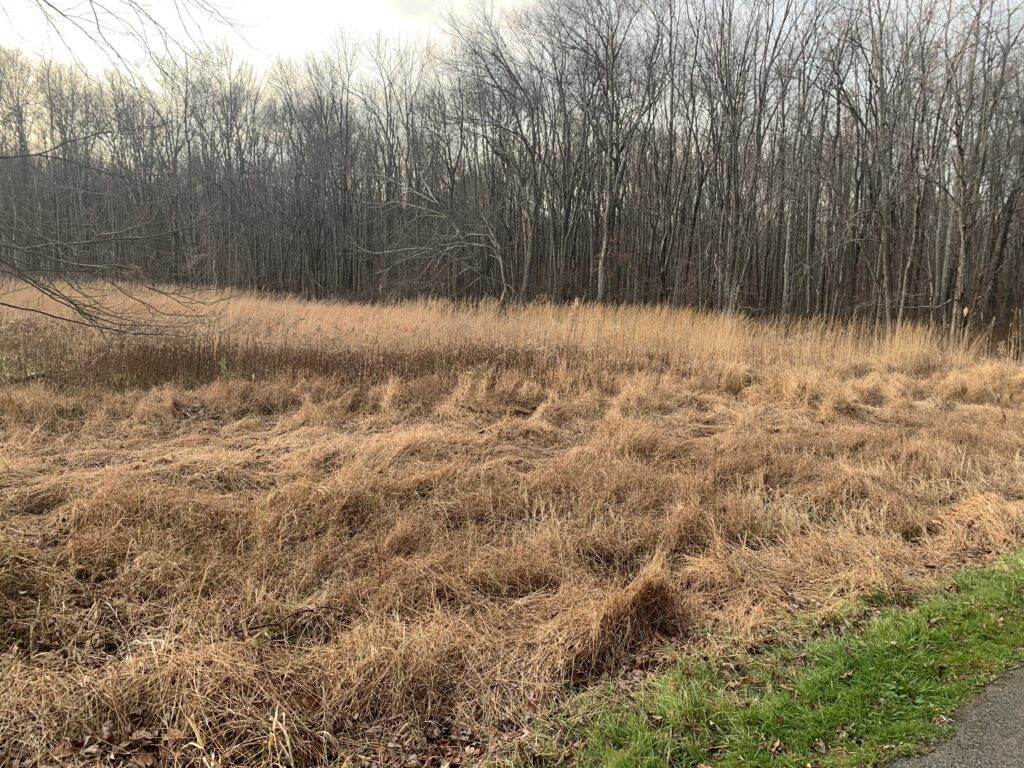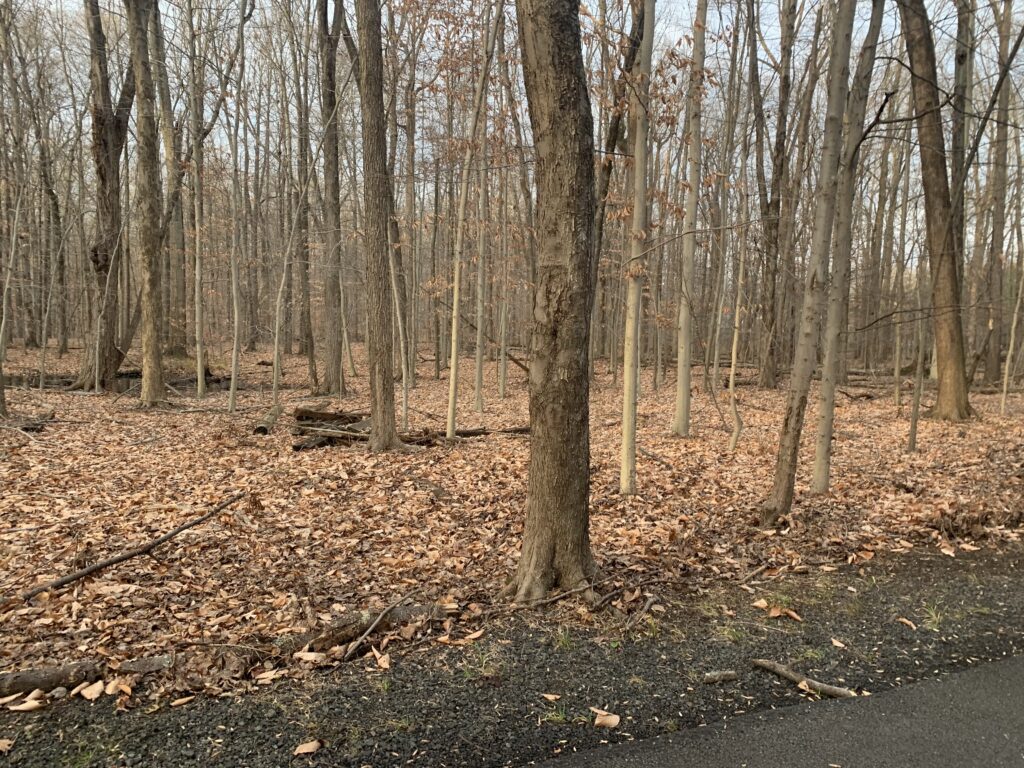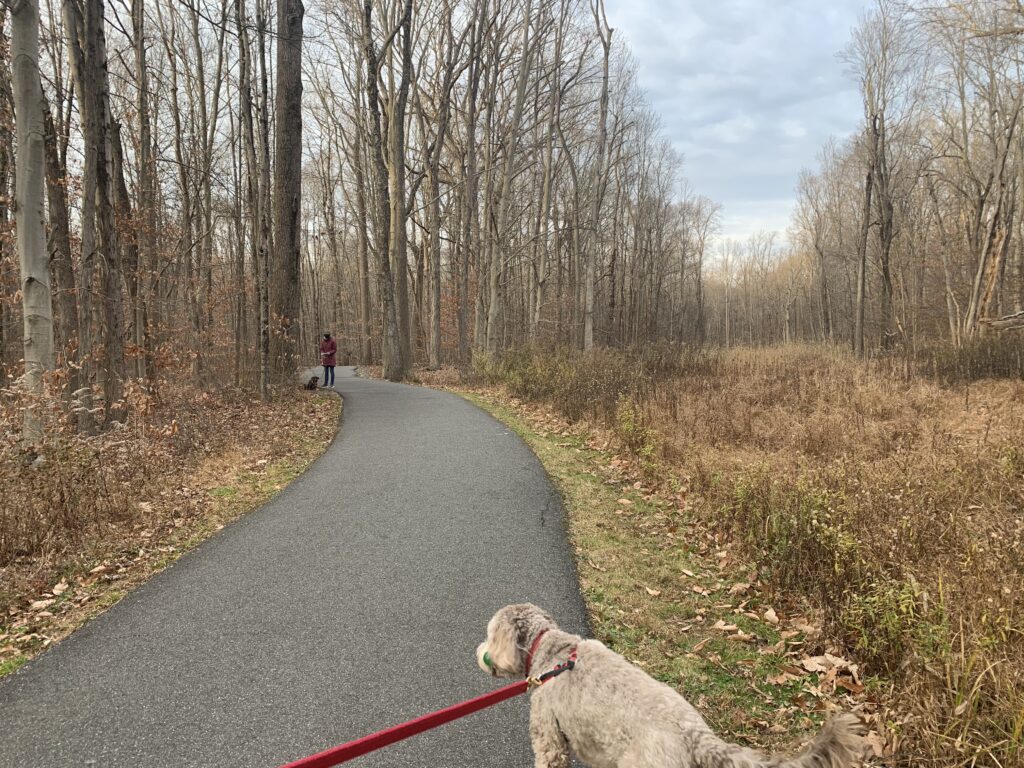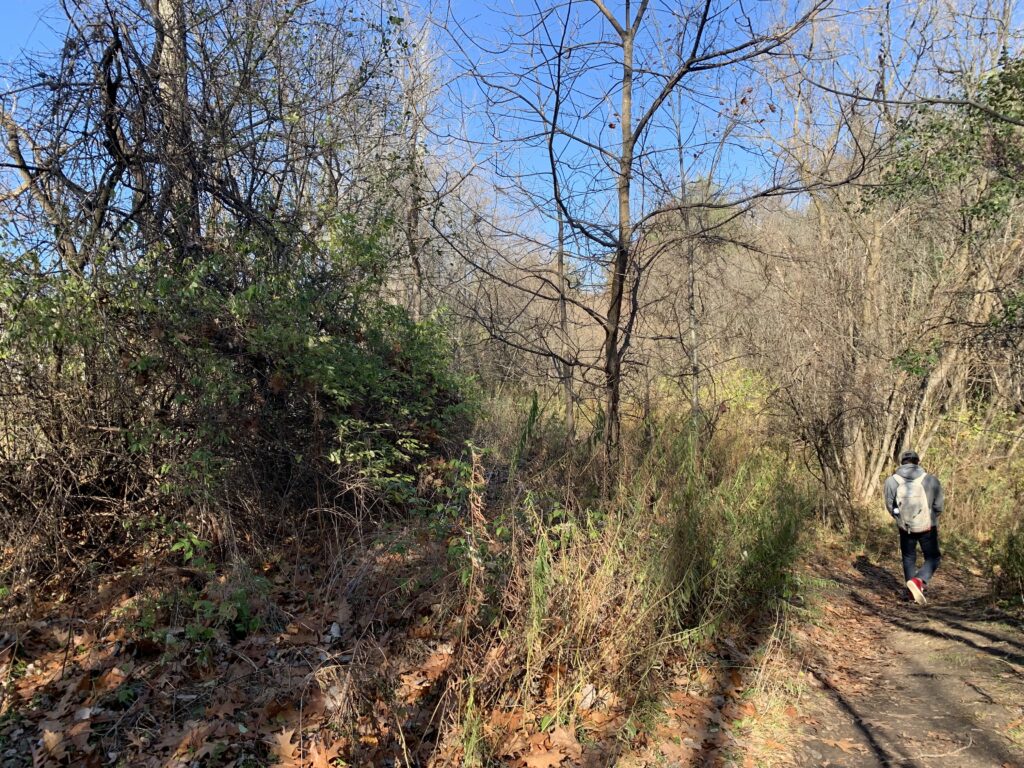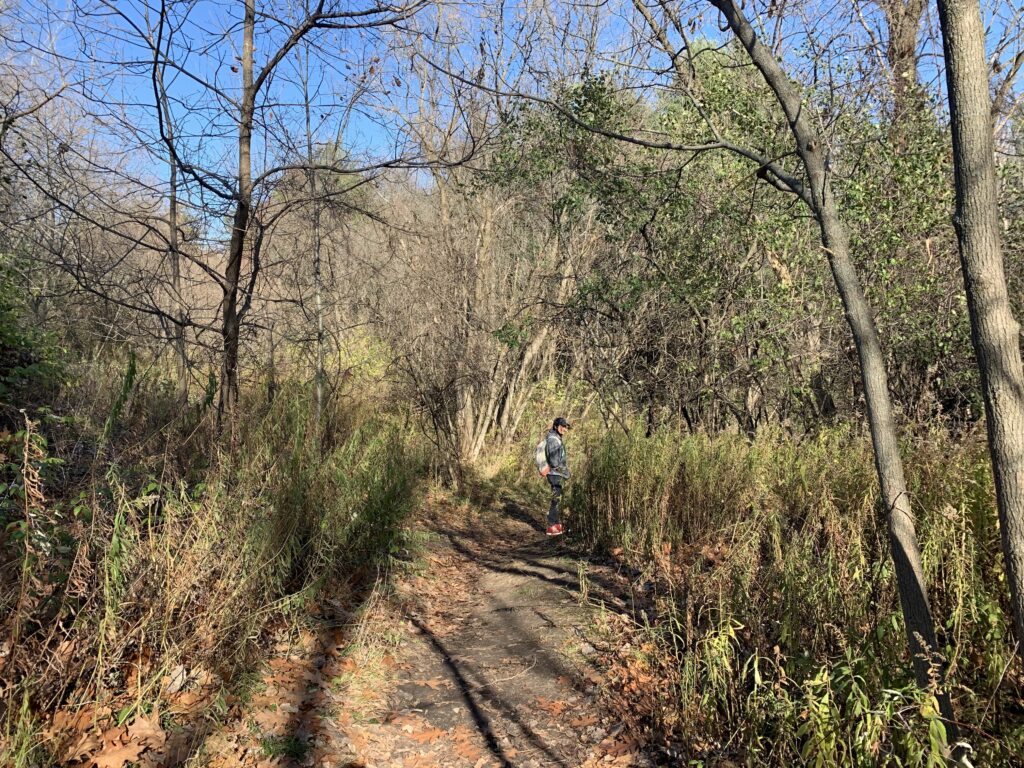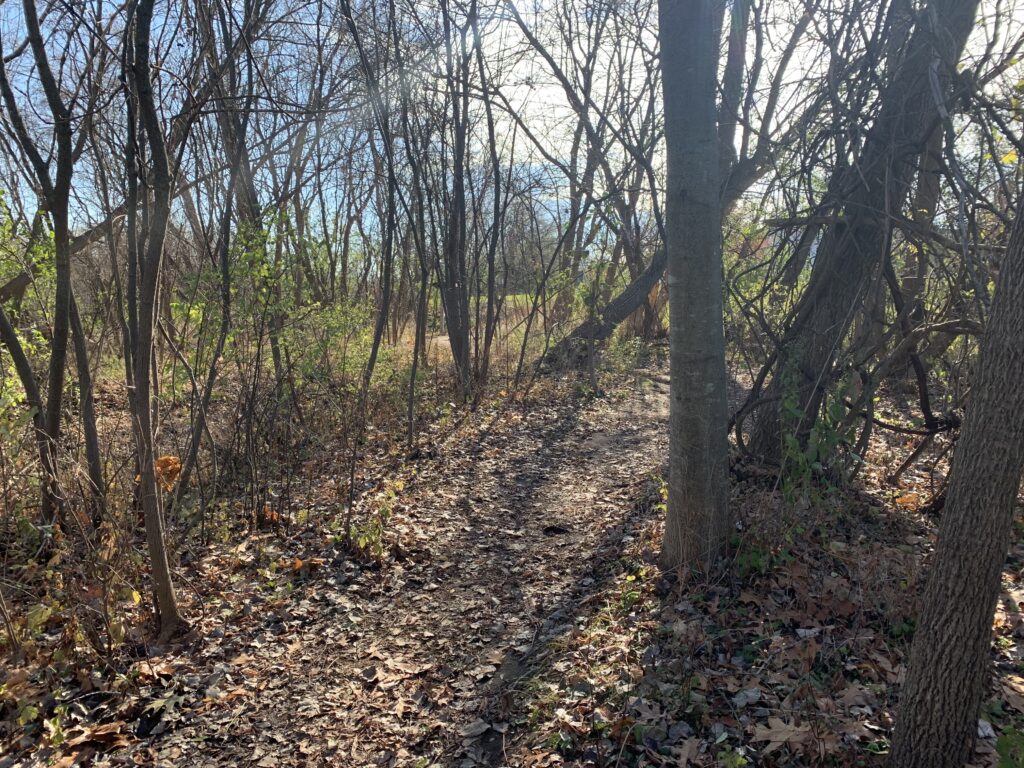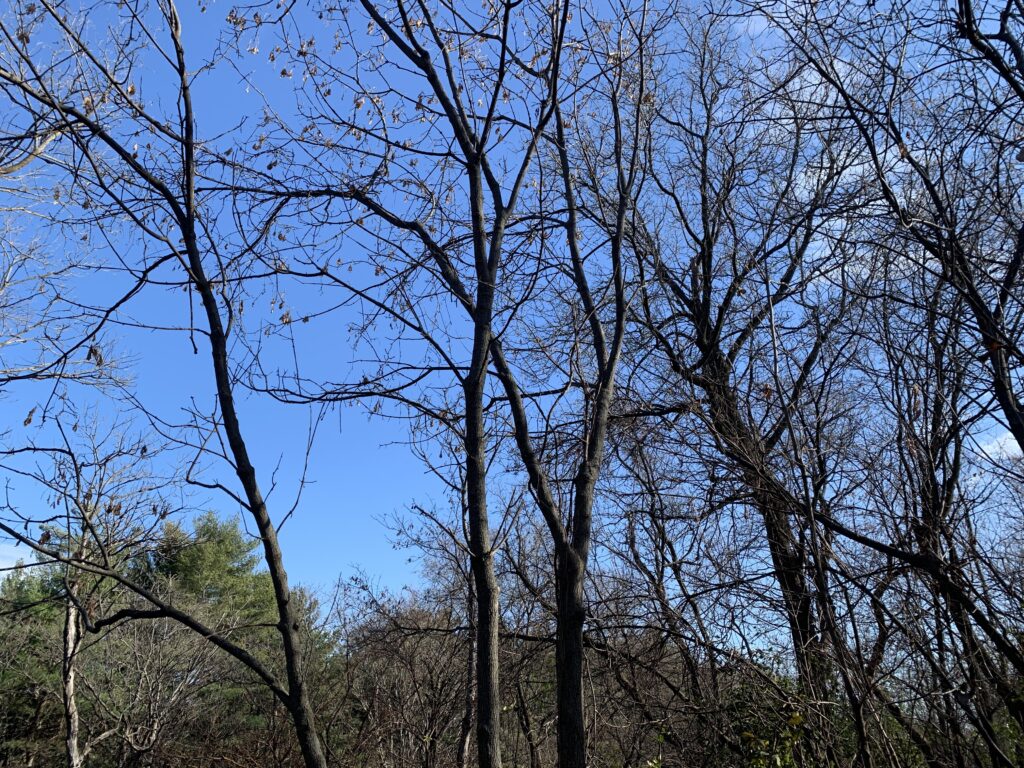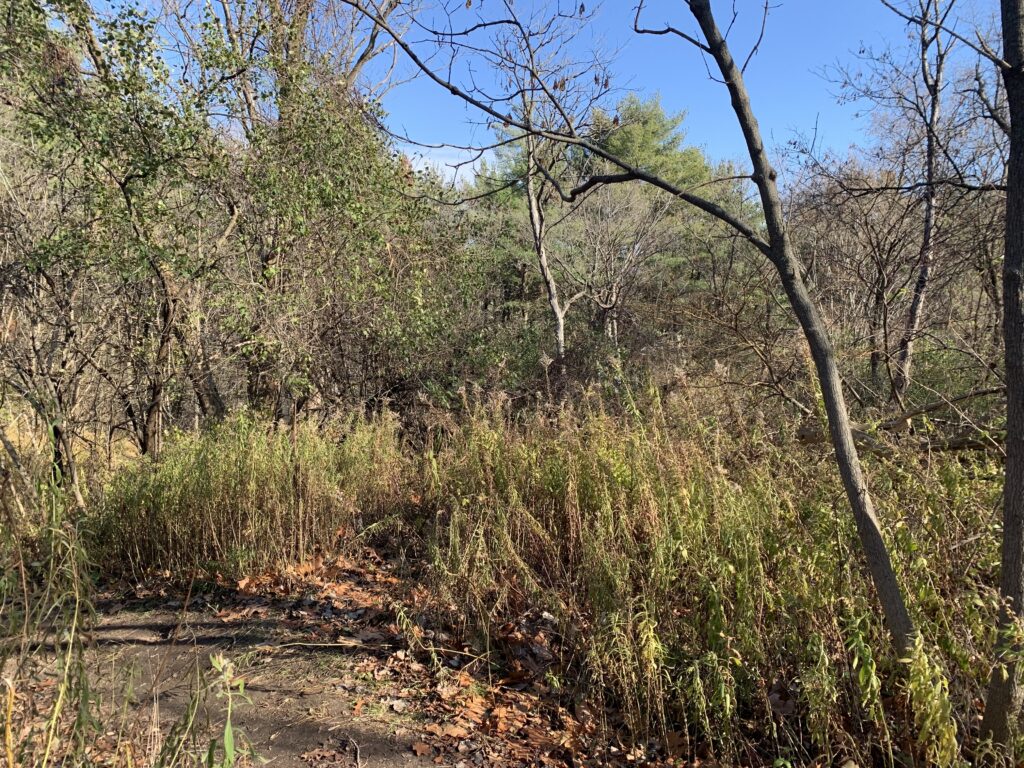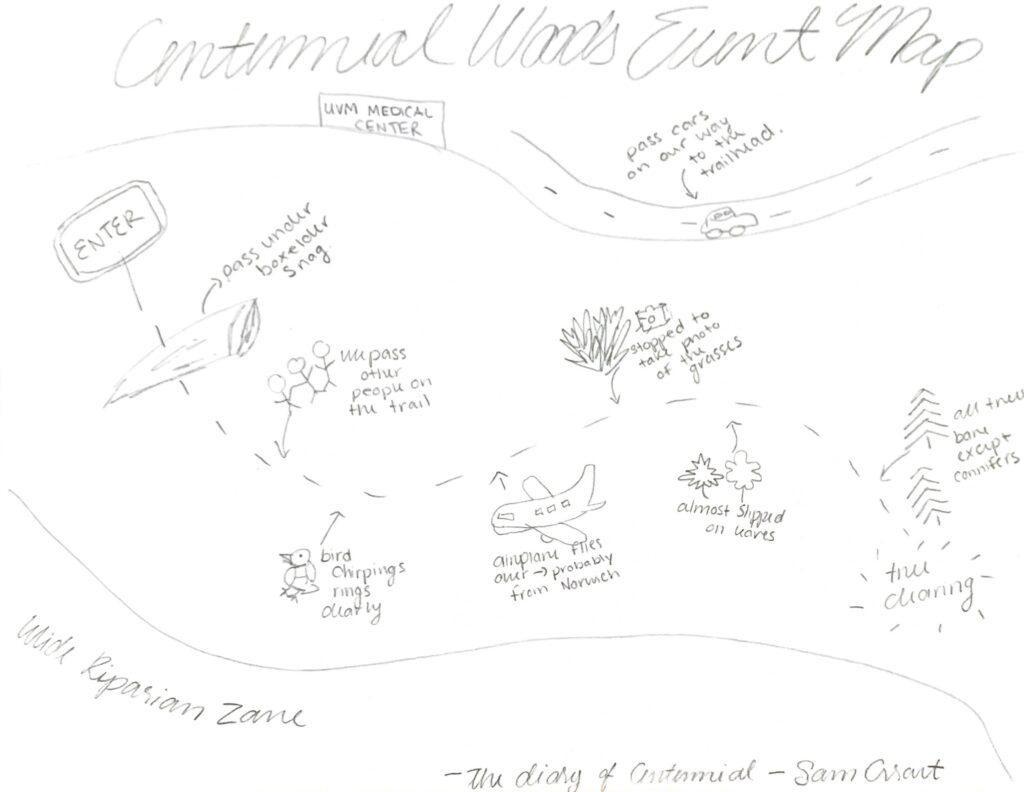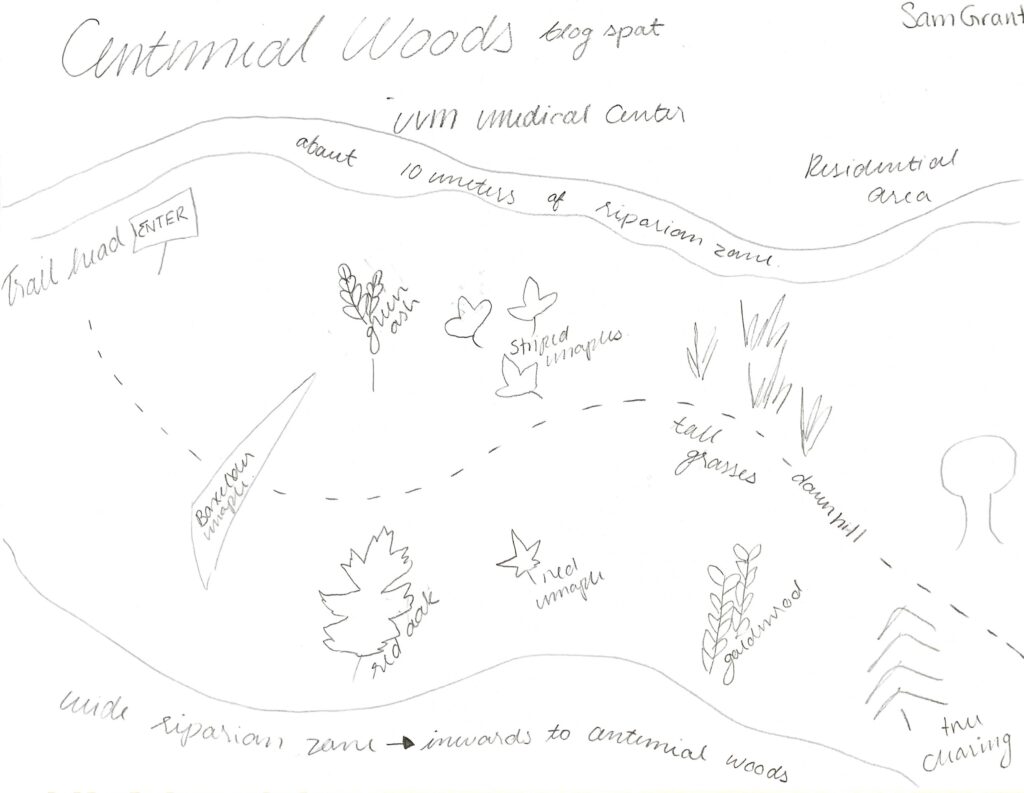This was my final visit to my phenology spot for this year, and looking at the pictures I am reminded of what my spot looked like the first time I came to Centennial Woods to take pictures of this spot! The green color is now starting to approach full bloom and dandelions are poking through the green. Compared to the last photos of Centennial that I posted on this blog there is a lot more color now, as well as the path is clear of old leaves. The sounds of birds are now filling the trees and Centennial Brook is a cool temperature thanks to the sun.
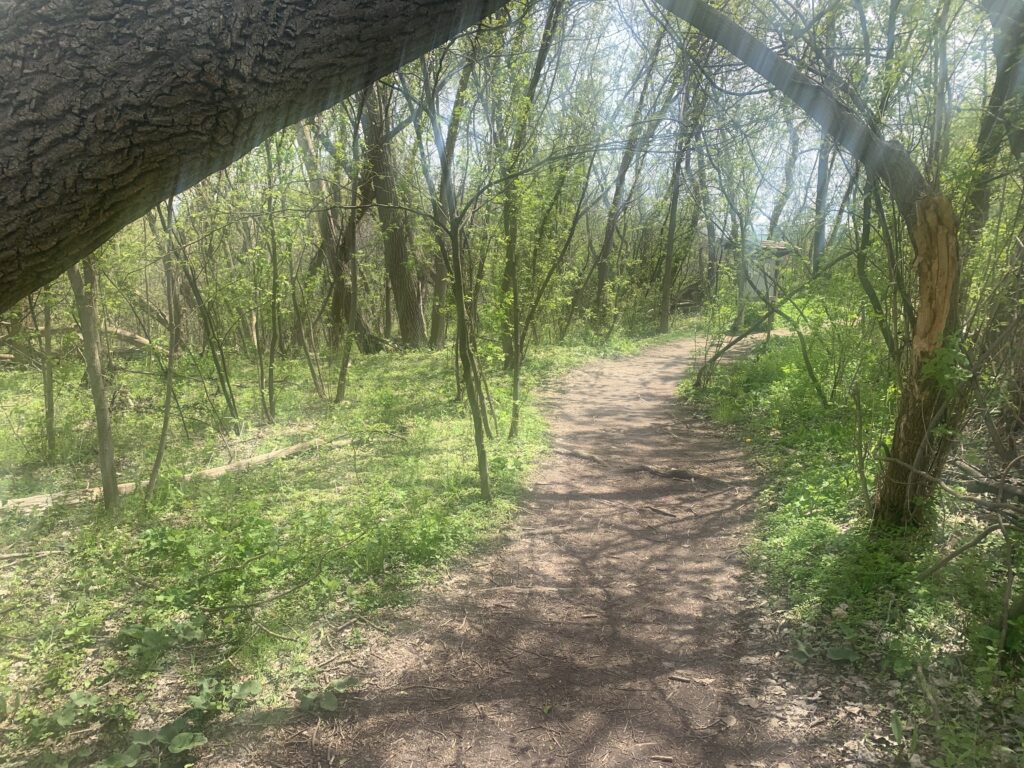
Nature and culture intertwine in this place mostly through the university. My phenology spot is often used to teach students about the environment so it has become apart of the research culture here at UVM. The locals also use Centennial Woods as a spot to escape into nature and walk with their dogs. Because of this Centennial Woods adds to the culture of the neighborhood nearby as well as the university. For example if you mention Centennial Woods to a UVM student, a lot of them will know what it is and many of those students will have been to Centennial Woods before.
After coming to this spot often and completing my phenology blog I do not feel apart of this place, but I do feel connected to it. I found that for this blog I looked at my surroundings objectively and I noted the changes around me but I felt like I was not changing with Centennial, but observing the changes. I would say I feel connected though because I was able to notice things about Centennial that I normally would not have payed attention to if I were to just be walking through this place.
Goodbye Centennial for now!
